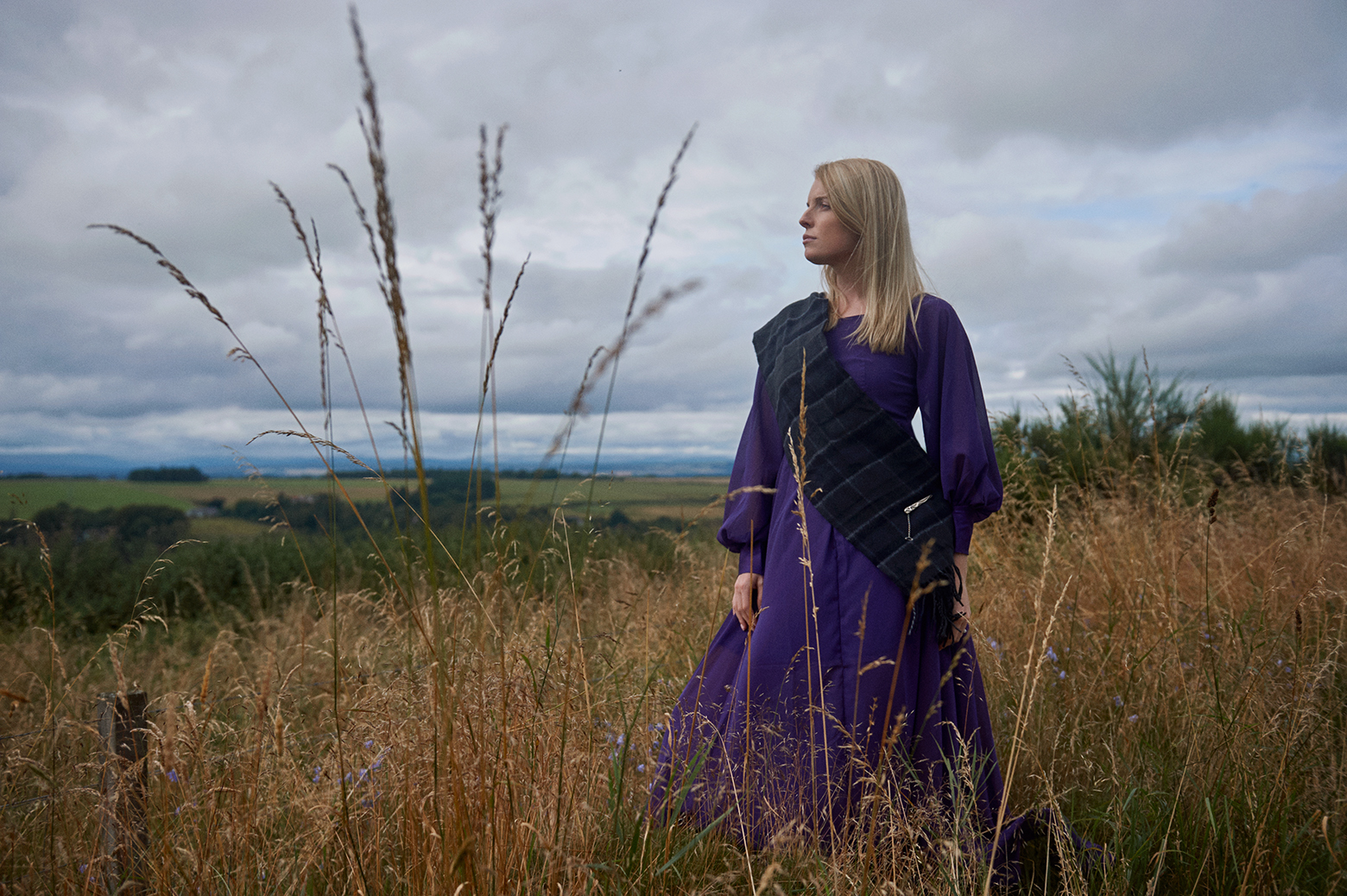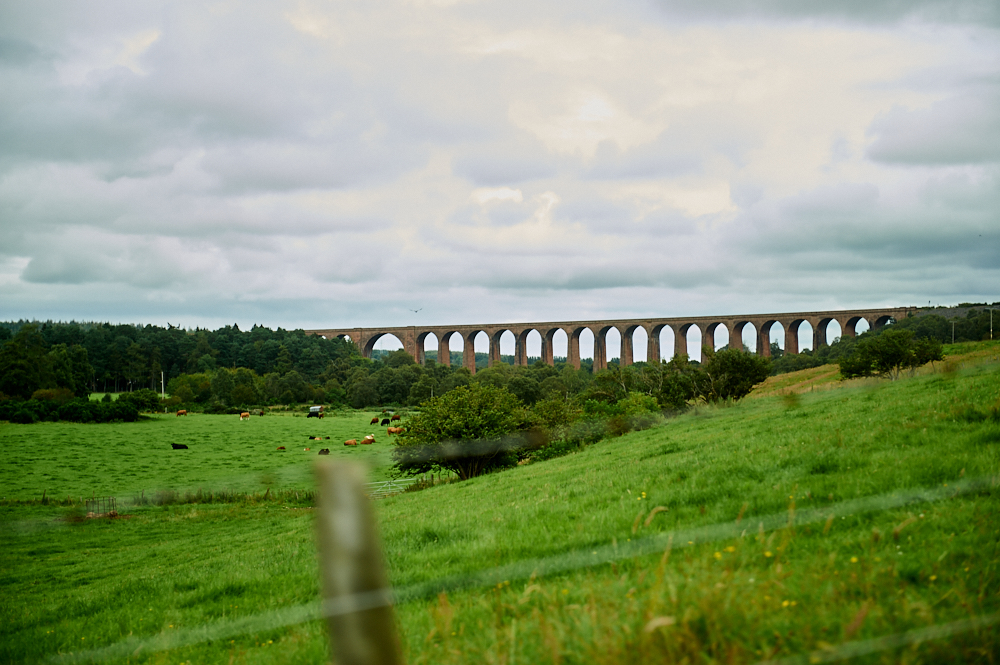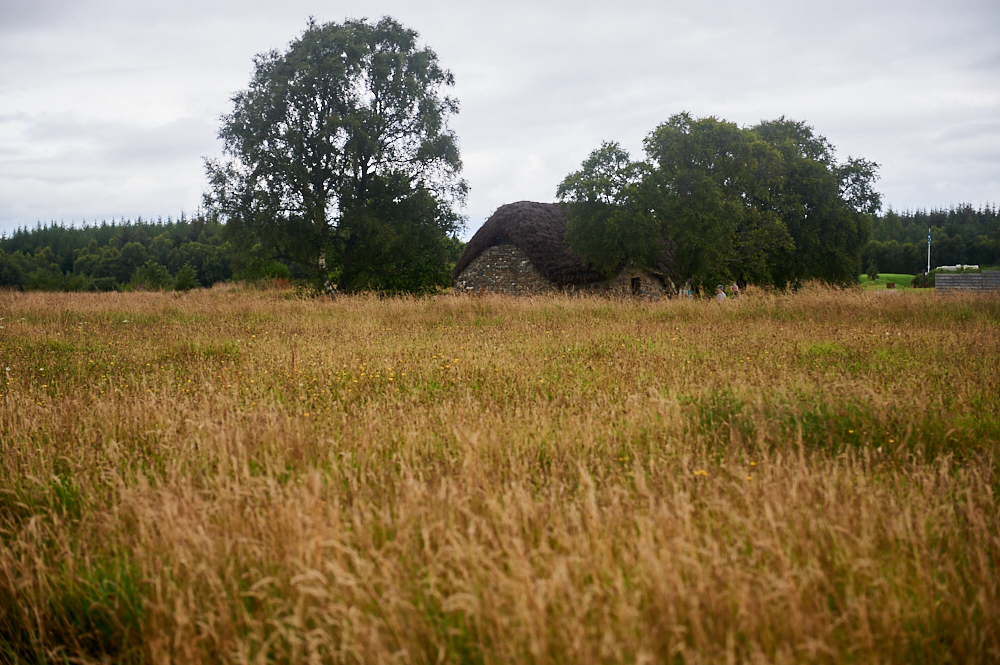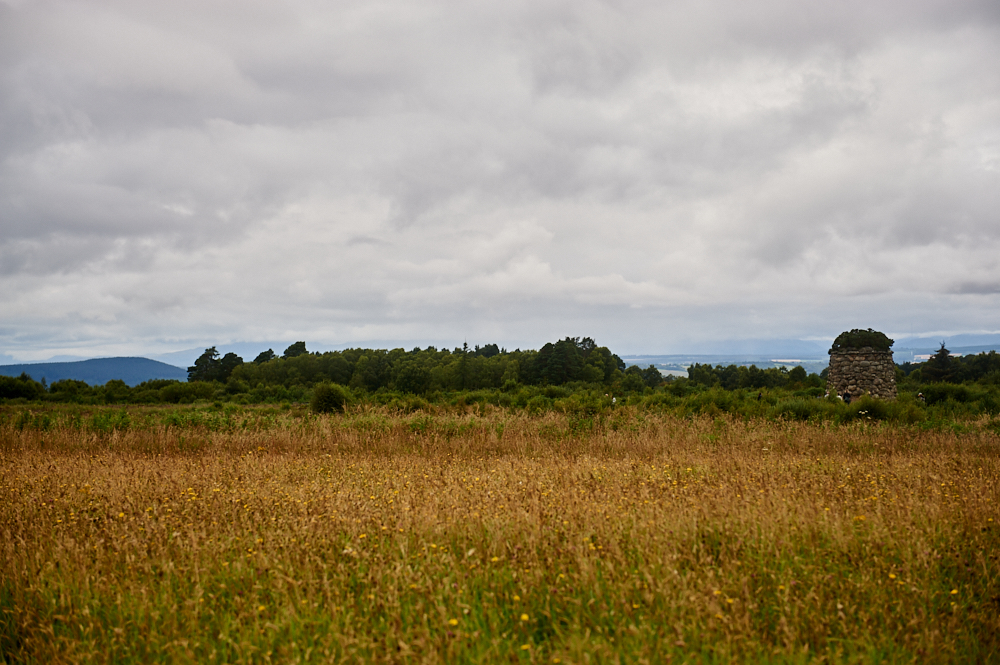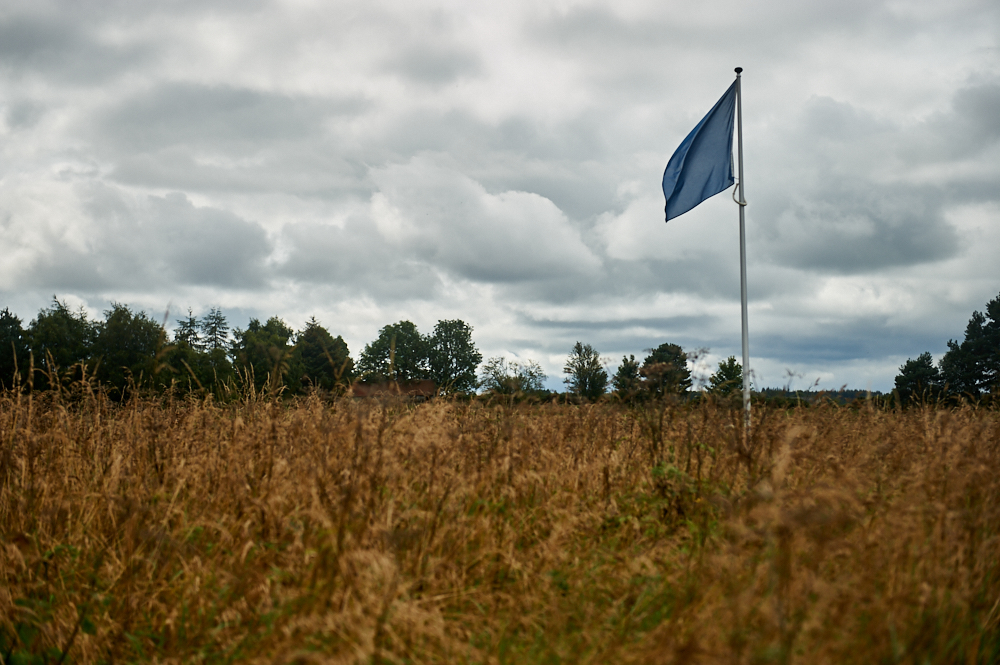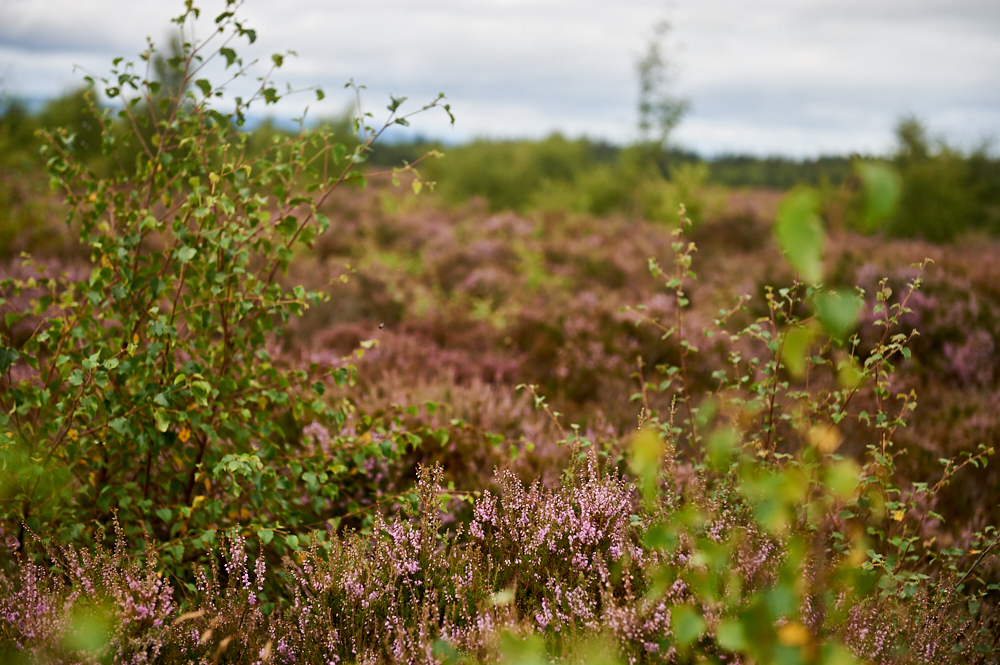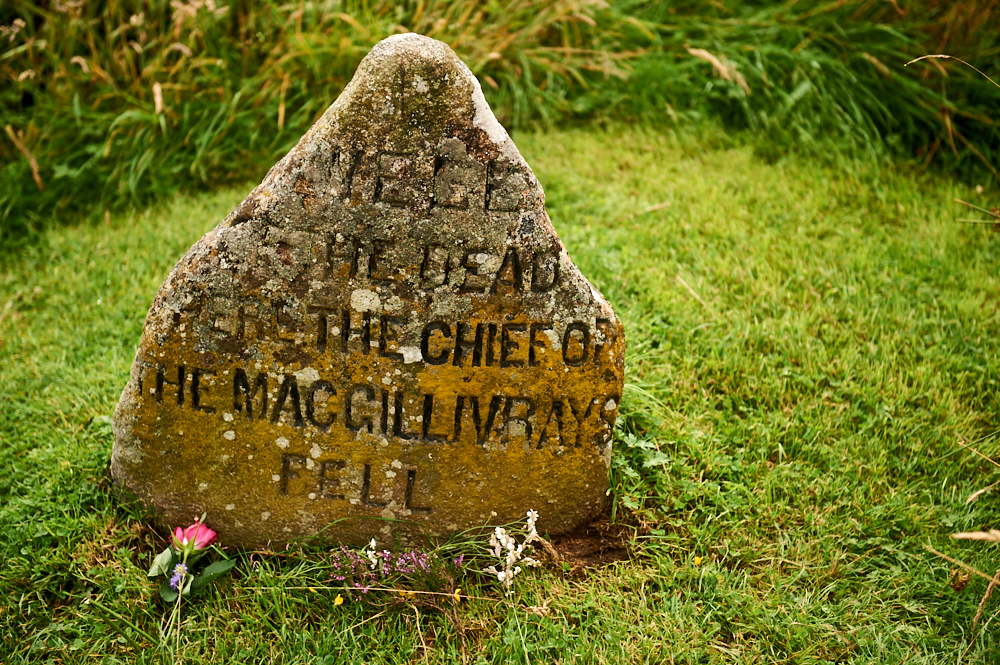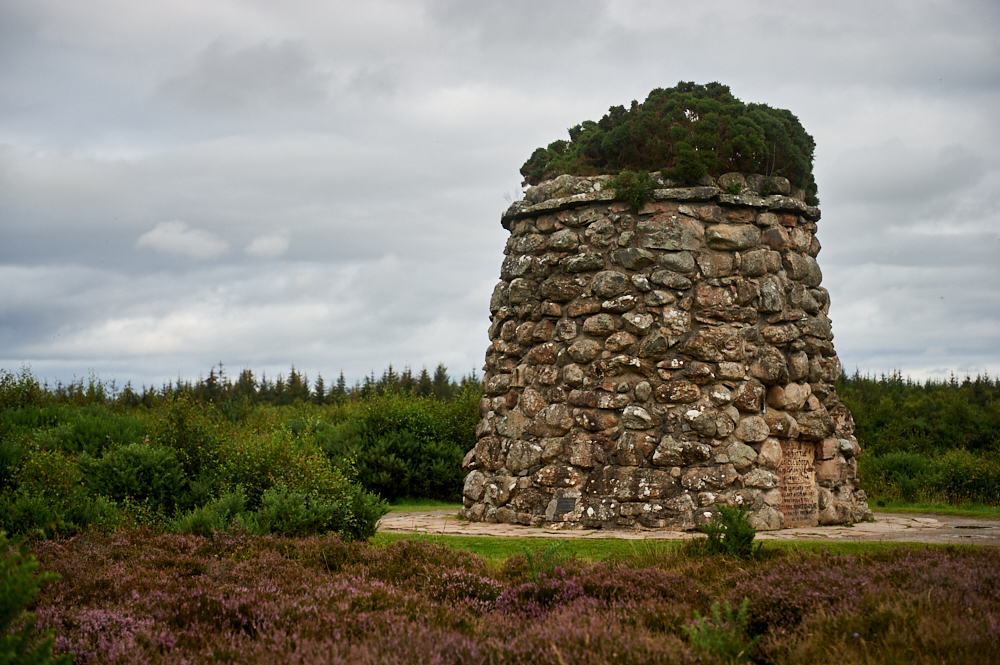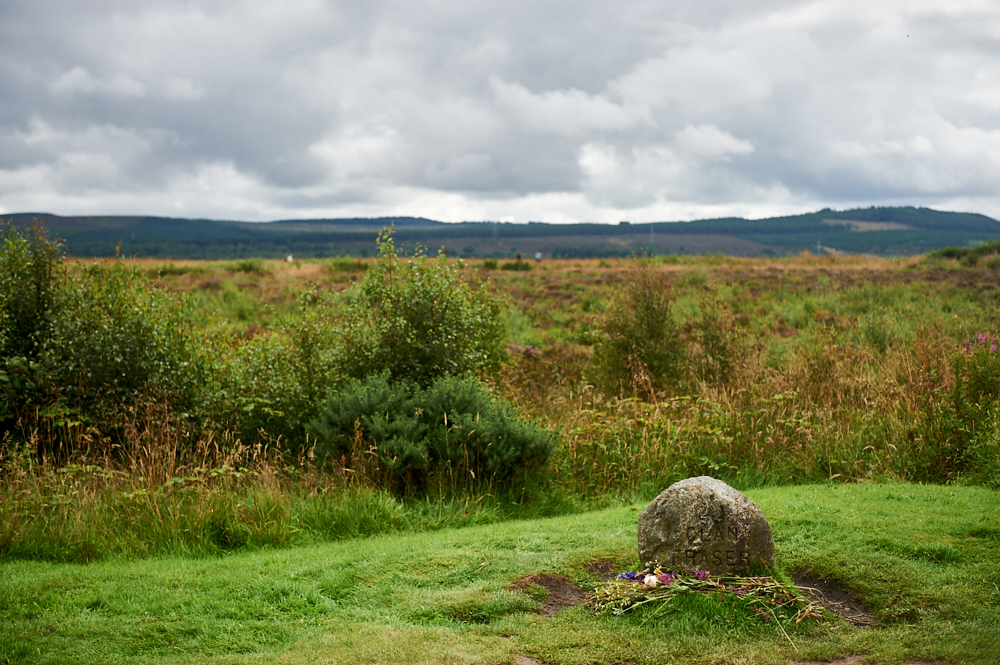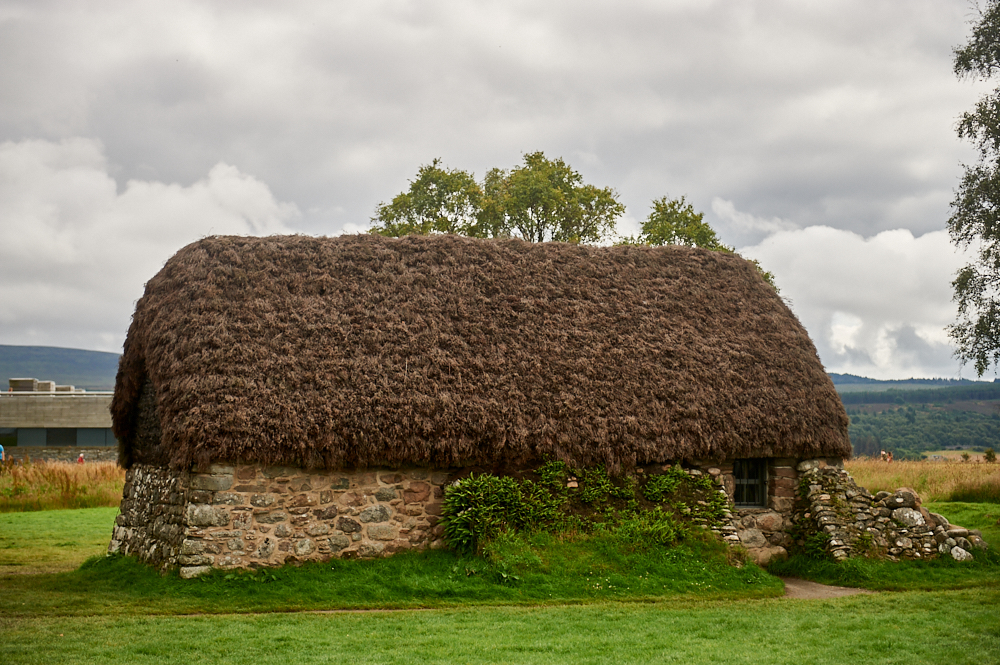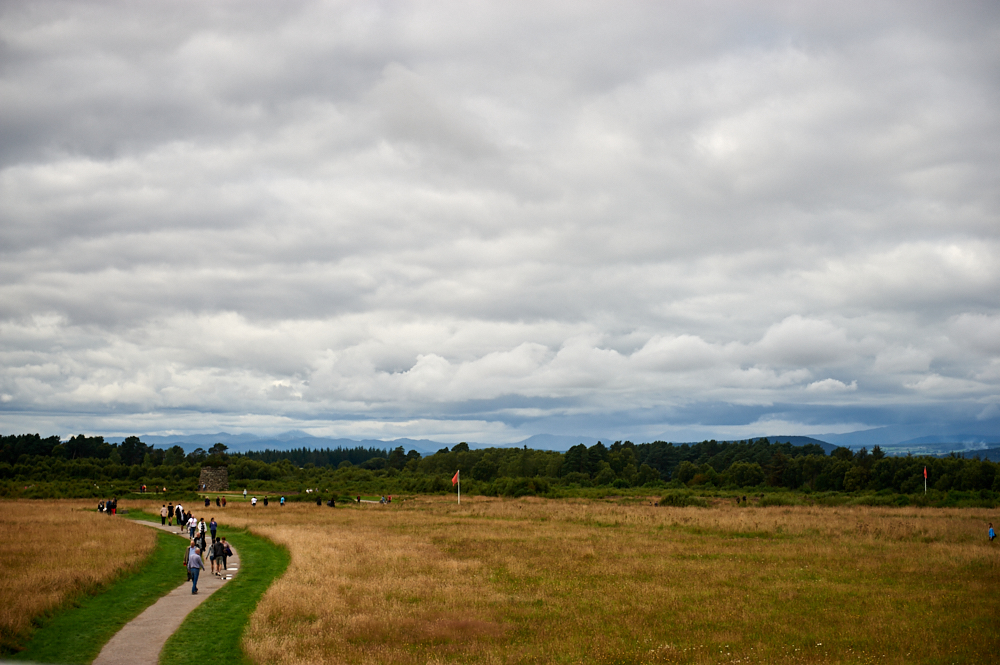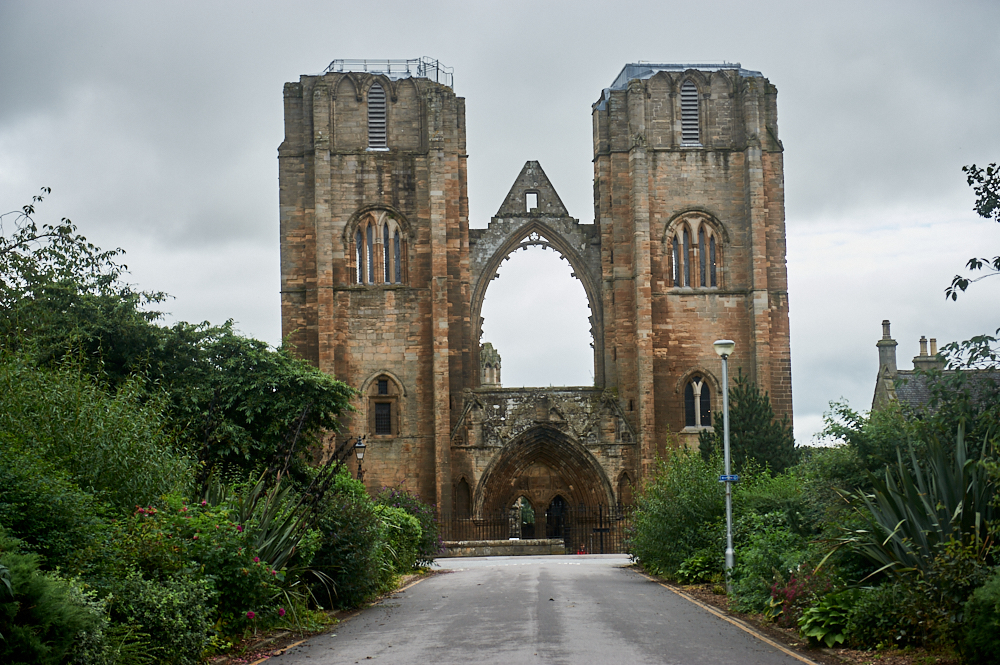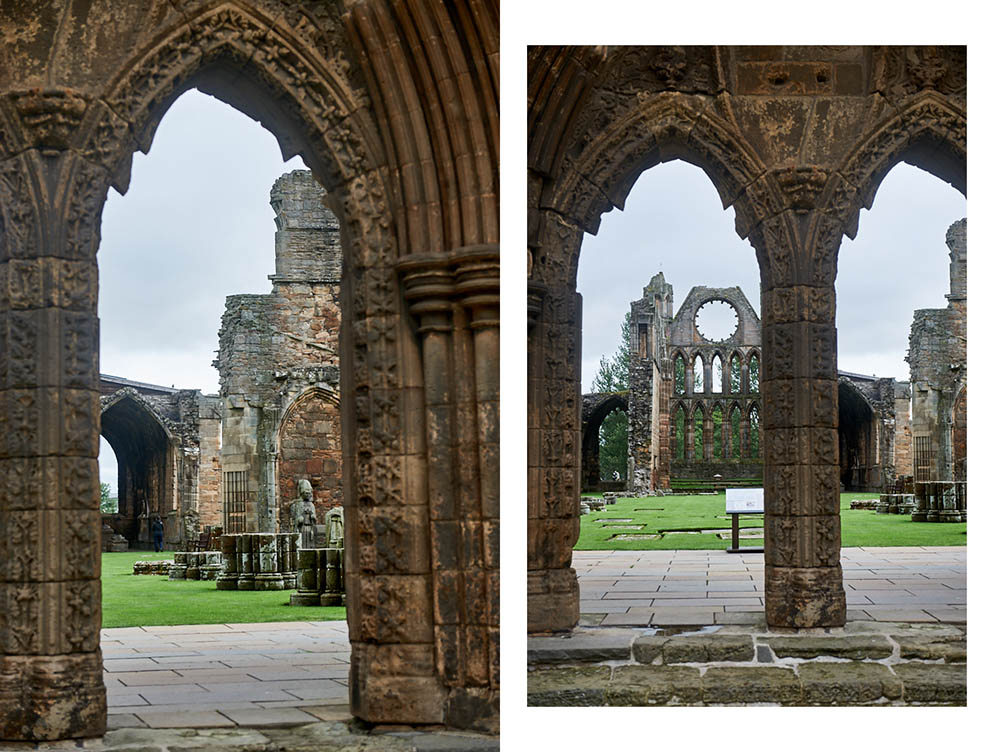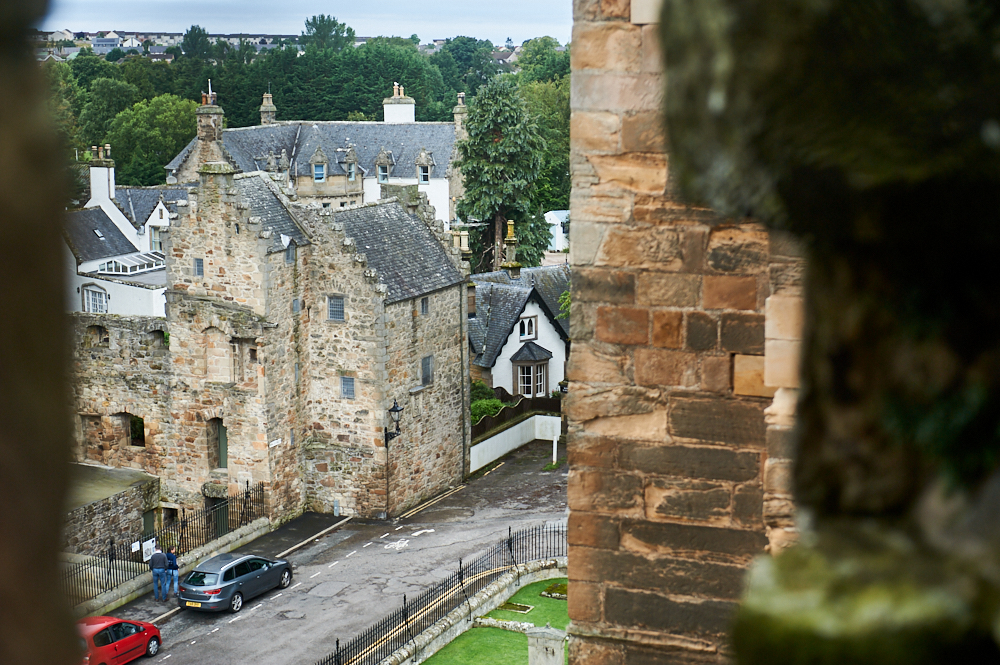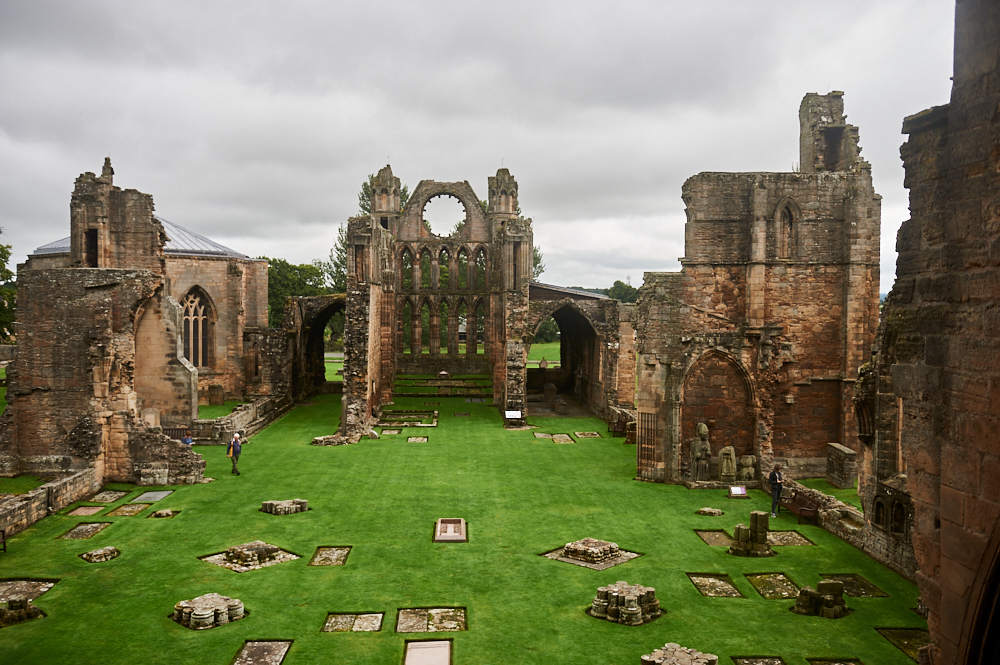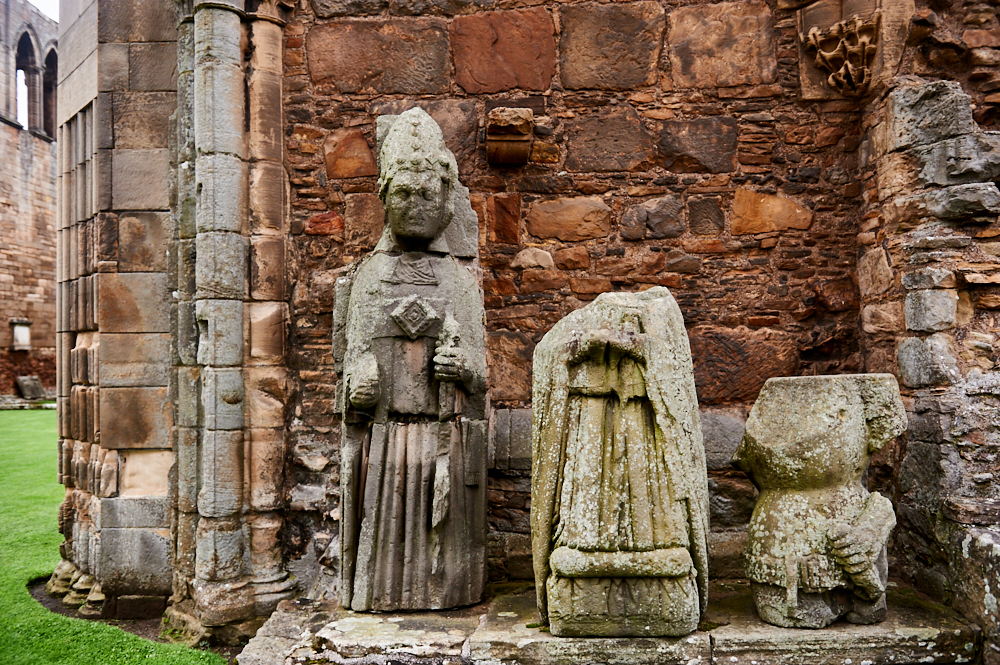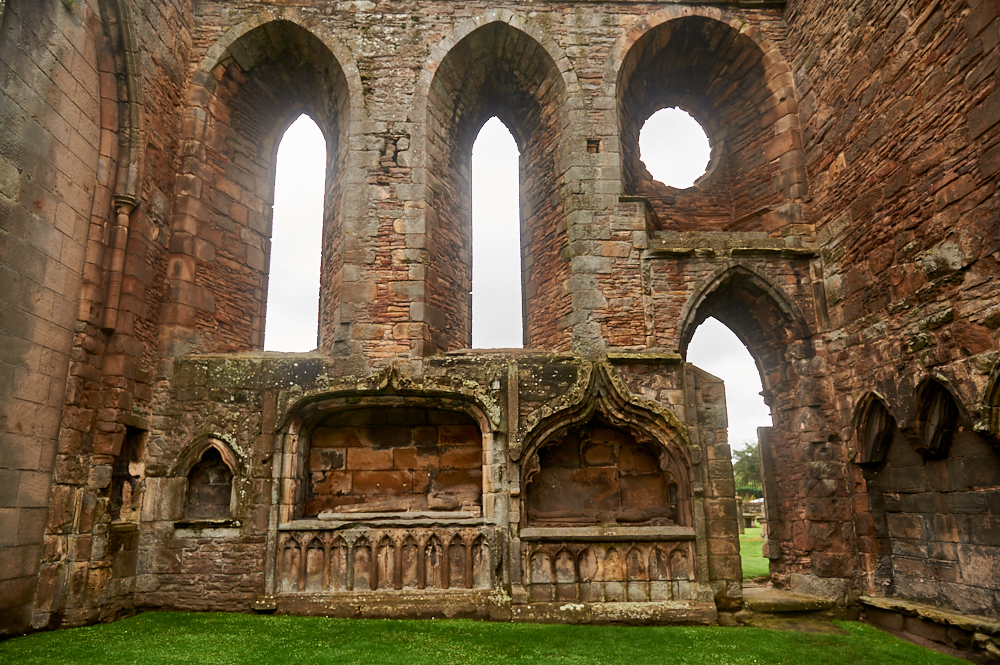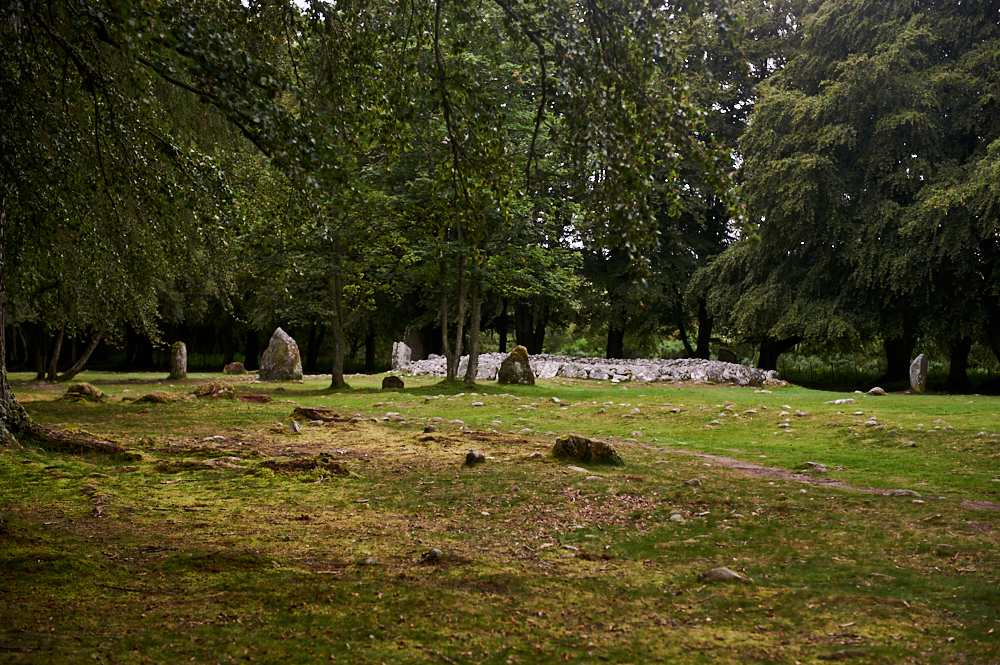
Only a mile far from Culloden lies another link with Scotlands past, dating back to around 2000BC. A short drive along some minor roads will take you away from the busy visitor centre of Culloden to the very quiet and impressive Prehistoric Burial Cairns of Balnuaran of Clava, shortly called Clava Cairns, set on a terrace above the River Nairn.

Clava Cairns is a group of three Bronze Age cairns dating back around 4000 years.
The cemetery was used in two periods. At around 2000 BC a row of large cairns was built, three of which can still be seen today. A thousand years later the cemetery was reused and new burials were placed in some of the existing cairns and three smaller monuments were built including a ‘kerb cairn’. Traces of a smaller cemetery can also be seen at Milton of Clava, a short distance up the valley to the west. The cairns at Balnuaran of Clava extended along a gravel terrace raised above the River Nairn. (Visit Scotland)

The land was used for farming before the cairns were built and the stones were probably taken from demolished houses.
There are two different types of cairns and you can see both at Clava Cairns:
The North East and South West Cairns are knows as passage graves. Here the inner chamber remains linked to the outside world by a passage. Both are no more than a metre or so in height, but when originally constructed the cairns are likely to have been around 3m or 10ft in height. (Undiscovered Scotland)
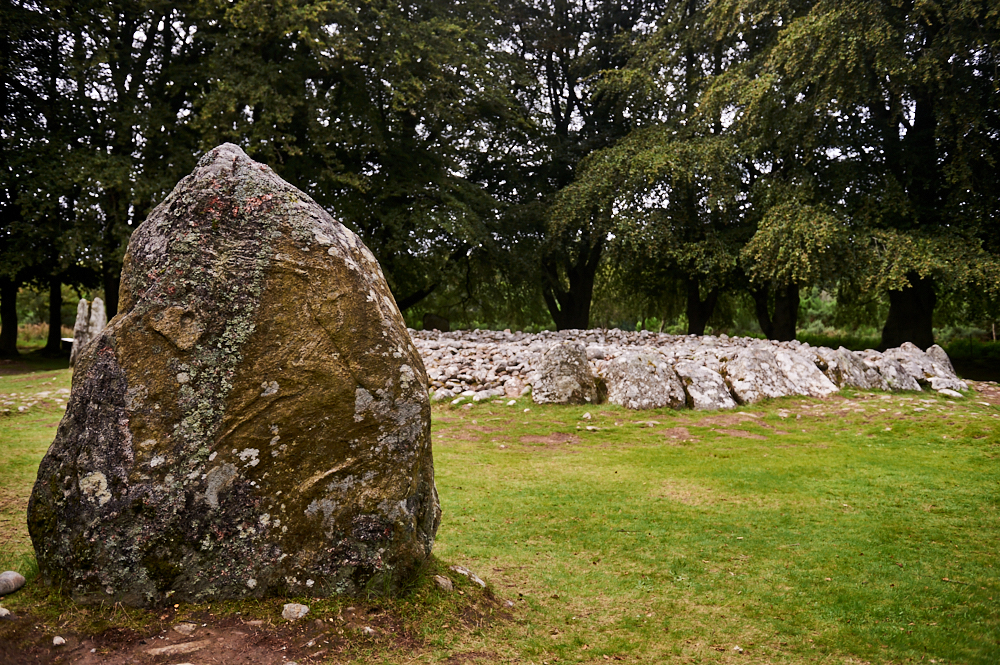
Both of the passage cairns have a surrounding circle of widely spaced standing stones.
The central cairn is a ring cairn and has so connecting passageway linking the central chamber with the outside. And again it is surrounded by a ring of standing stones.
The Clava Cairns are a type-site for a group of around 50 similar cairns found only in the region of the Moray Firth and Inverness. The form of these burial monuments uniquely combines aspects of ring cairns, passage graves, and stone circles. (Historic Enviroment of Scotland)
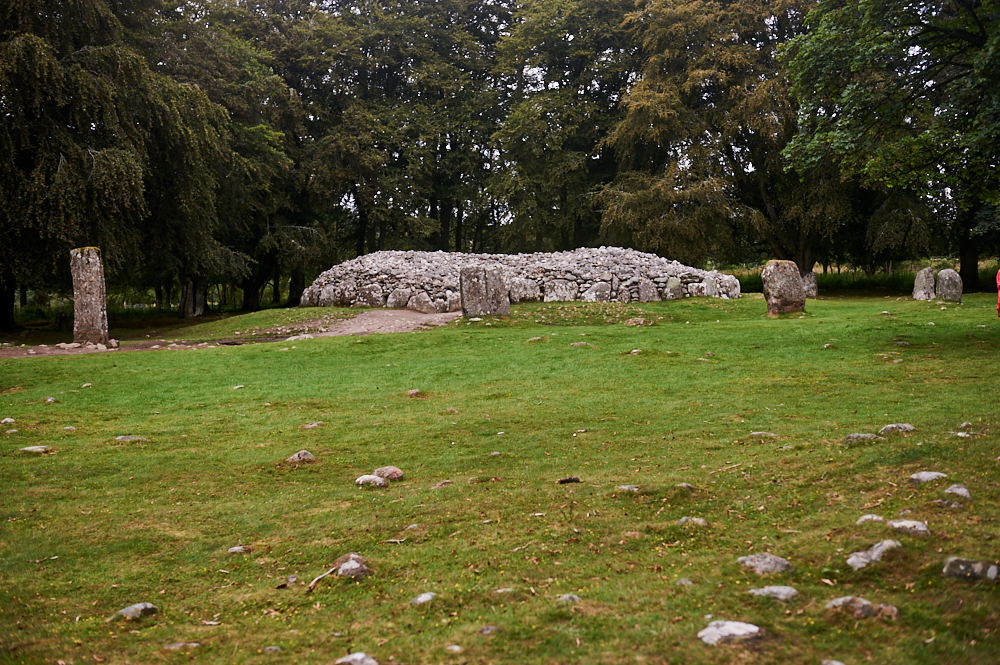
Midwinter seemed to be an important turning point of time of the year for the Bronze Age society, the three cairns form a line running north-east to the south-west. The passageways are also aligned towards the south-west looking towards the winter sunset.

It is assumed that Clava Cairns inspired the fictitious Craigh na Dun standing stones, which send the main character of the books and tv show “Outlander”, Claire, back in time.
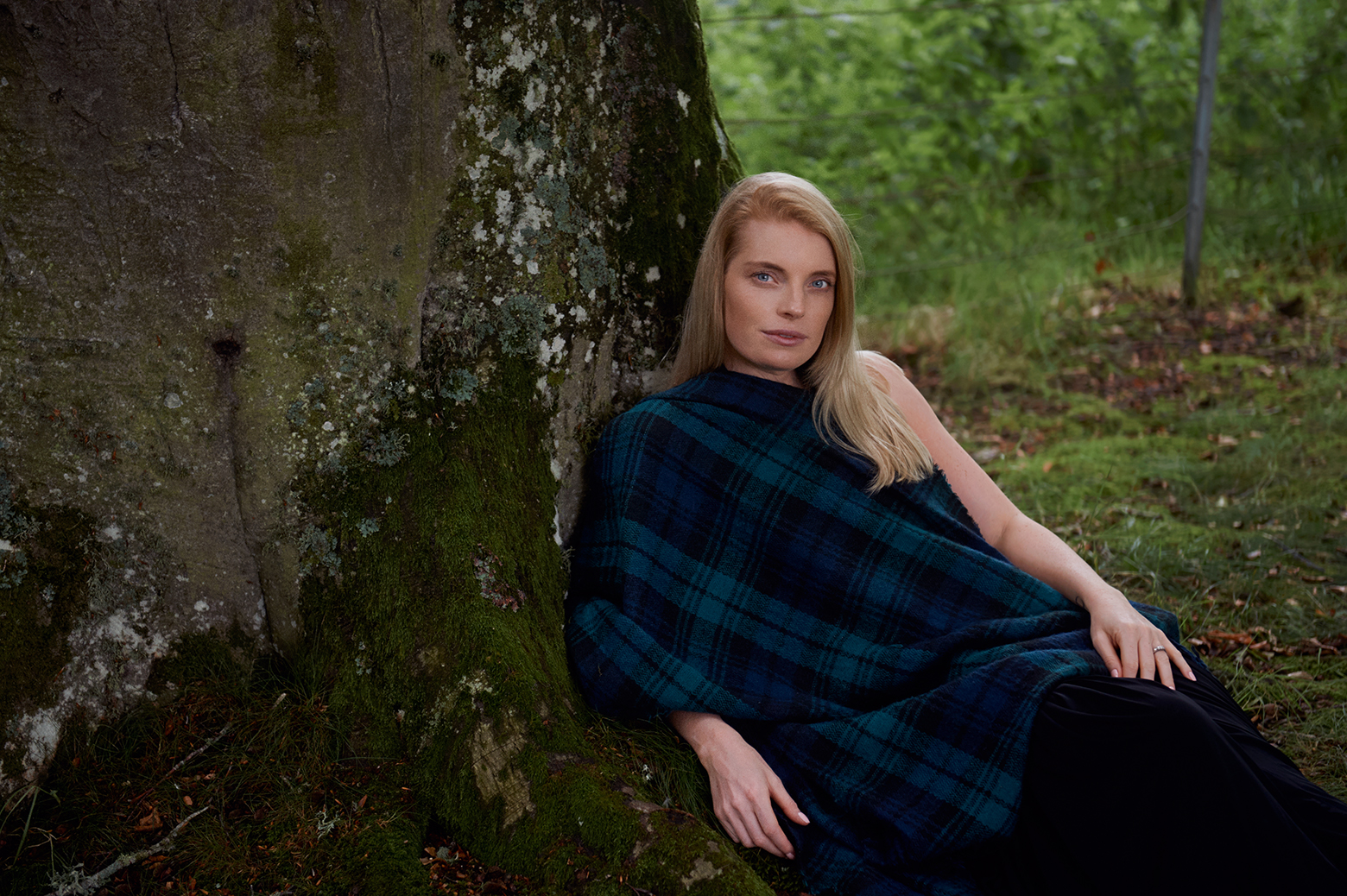
I met actress Mikaila at this magical place for some “Highlander” inspired pictures showing off her and her Scottish roots.


We continued in the surrounding areas and enjoyed some fabulous views.

